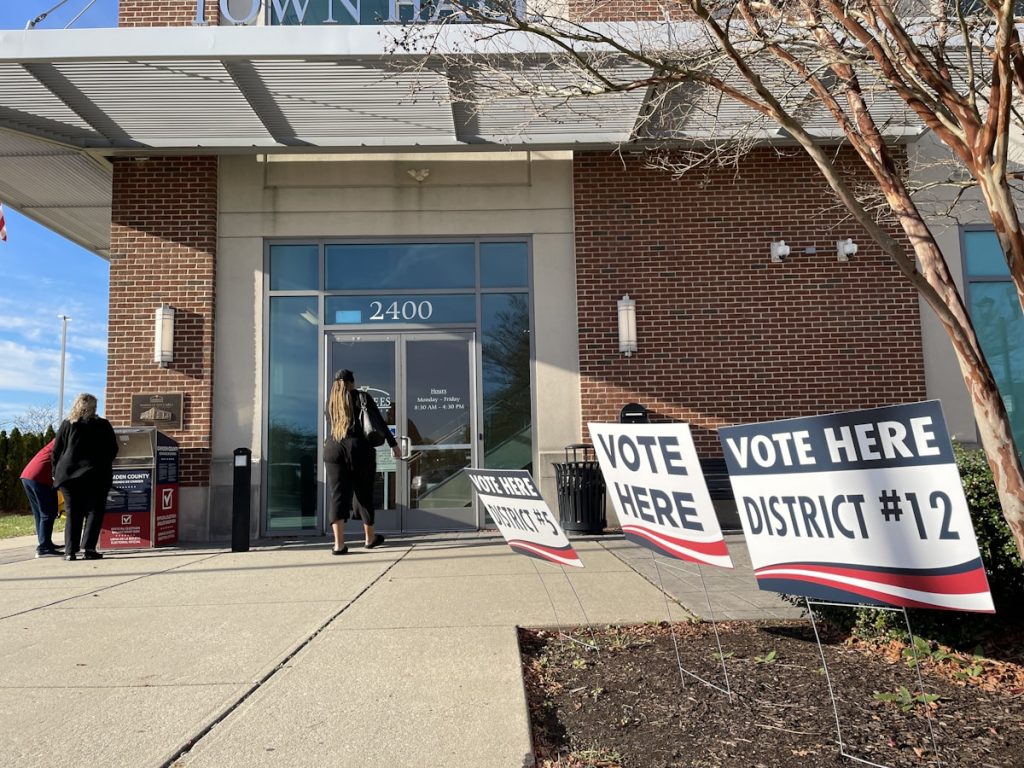Texas Republicans Fail Again to Advance Redistricting Effort Amid Democrat Absences
On Thursday, the Texas House of Representatives once more stalled a partisan redistricting proposal, underscoring the growing chasm between the GOP‑controlled chamber and the minority Democratic caucus. The failure was not the result of a dramatic filibuster or a surprise amendment, but rather a simple arithmetic problem: key Democratic lawmakers were absent, and without their votes the proposal could not reach the supermajority threshold required to move forward.
Background: The 2024 Redistricting Timeline
Every ten years, following the release of the U.S. Census, states redraw congressional and legislative districts to reflect population shifts. In Texas, the process is especially contentious because the state has gained two additional seats in the U.S. House, raising the stakes for both parties. Republicans, who currently control the House, Senate, and the governorship, have pushed a map that would cement their advantage in federal and state races for the next decade.
The Texas Constitution stipulates that any redistricting plan must receive a two‑thirds majority in both chambers. In a 150‑member House, that means at least 100 votes—a high bar that historically forces at least some bipartisan cooperation. However, the 2023–2024 session has seen Democrats boycott several key votes, citing concerns over transparency, gerrymandering, and the rushed timetable imposed by Republican leadership.
Why Democrats Stayed Home
- Strategic Absence: Democratic leaders argue that attending a vote that would legitimize a map they view as unconstitutional would only lend credibility to the process.
- Legal Challenges: The minority party is preparing to file a series of lawsuits alleging violations of the Voting Rights Act and the principle of “one person, one vote.” By staying out of the chamber, they preserve a narrative that the GOP is forcing a map through procedural shortcuts.
- Public Pressure: Grassroots activists have mobilized around the issue, demanding a more inclusive process. Many Democratic representatives have faced calls from constituents to boycott the vote until a public hearing schedule is established.
The Immediate Consequence
With only 86 Republicans present and a handful of Democrats in attendance, the motion fell short of the required 100 votes. The failure does not reset the clock entirely; the Legislature can reconvene later in the session to attempt another vote. However, each missed deadline compresses the window for finalizing maps before the June 30 deadline set by federal law, after which the state would be forced to use the existing 2020 districts for the 2024 elections.
Broader Political Implications
Should the GOP be unable to pass a new map, Texas could face a federal court‑ordered plan, potentially designed by a special master appointed by the judiciary. Historically, such court‑imposed maps tend to be more neutral, though they are not immune to partisan influence. Moreover, the ongoing stalemate fuels national narratives about partisan gerrymandering, influencing upcoming midterm elections and shaping the discourse around voting rights legislation in Congress.
What Comes Next?
Republican leadership has signaled an intent to reconvene the House in early February, hoping that a combination of party discipline and any possible Democratic concessions will finally achieve the supermajority. Meanwhile, Democrats plan to continue their legal strategy, filing complaints with the Department of Justice and preparing to challenge any eventual map in federal court.
For Texas voters, the battle over district lines is more than a procedural squabble; it determines the balance of power in state and federal legislatures for the next decade. As the deadline looms, the political calculus will intensify, and the eyes of both parties—and the nation—will remain fixed on the Lone Star State’s capitol.



